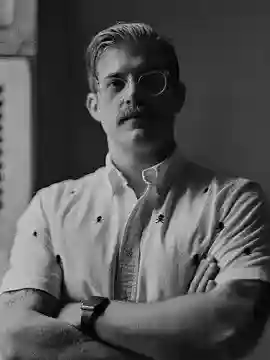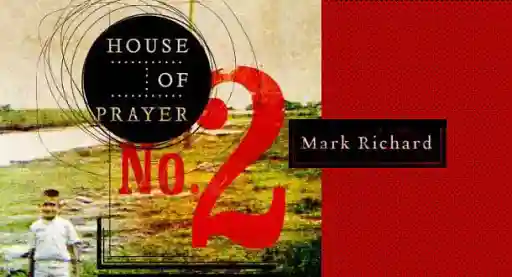Bree Ogden is back with her hit class, Intro to Graphic Novel Writing. The course, designed to help you master the elements of writing a publishable graphic novel, was a huge success when she taught it last year. We're excited to be offering it again.
For those of you who don't know Bree, she's a literary agent at D4EO Literary Agency, representing children’s, YA, and most importantly, her passion: graphic novels. She graduated with a BA in Philosophy and an MA in Journalism from Northeastern University, and currently co-operates the macabre children’s magazine Underneath the Juniper Tree, where she serves as editorial director. Along with artist Evan Heasman, she'll be unveiling their own web tragic-comic Boleyn in the coming weeks.
In anticipation of the class, which kicks off on Monday, Bree took to Twitter, to ask her followers what questions they had about writing graphic novels, so that she could answer them here. Here are the results:
How do you define graphic novel?
If I were to use the literal Oxford Dictionary definition, it is a novel in comic strip format. But that is a grossly over-simplified definition. Graphic novels are a way to tell a story through minimal words and a lot of art. This allows the reader/viewer to work out those creative muscles in the brain. It’s not a novel, which would say, “Johnny frowned” and it’s not a film, in which we actively see Johnny’s mouth move downward into a frown. In a graphic novel we see a shot of Johnny, and the next shot, he’s frowning—believe it or not—this uses a whole new sector of your brain. The inferential part. The imaginative part. The creative part.
What’s the difference between a graphic novel and a comic book?
A graphic novel is a long form story told through pictures, minimal dialogue and narration. It contains a beginning, middle, and end. Complete character and plot development. Conflict and resolution. Comic books are the episodic form of this.
What if you are great at writing dialogue but can’t draw?
You either find an artist to work with yourself, or your agent or editor pairs you with an artist. It’s as simple as that. In fact, many editors prefer to be a part of the artist scouting process.
Is a graphic novel a genre or a format?
It’s a format—more so, a category. A graphic novel genre would be a superhero graphic novel or a graphic memoir, etc.
Are they good for any age?
Absolutely! Graphic novels range from young children (Fly Guy, Captain Underpants) to middle grade (Wimpy Kid, Ghostopolis, Amulet) to YA/Adult.
What is a good software to write graphic novels on?
I use Celtx. I think it’s very user friendly and allows you to format your graphic novel in a number of ways. Also it’s very iPad friendly, which is nice for those of us who write on the go.
Is it normal for my graphic novel manuscript to read more like a screenplay than a novel?
Yes, yes, and yes. Graphic novels are created from scripts. And although graphic novel scripts vary a bit from screenplay scripts, you are ahead of the game if it is in screenplay format and not prose.
How do I structure scene changes?
Narration is your best friend here. You use narration speech bubbles to switch from scene to scene. You can be in 1928 London on one page and jump to 2068 New York on the next page simply by using narration bubbles. (We talk about this extensively in the course).
I hope I was able to adequately answer some of your questions. This is just the tip of the iceberg. Writing a graphic novel, learning to minimize prose, convey your ideas to artists… it’s work, but it’s good fun!
You can read our previous interview with Bree HERE.
Click here to learn more, and to sign up!

About the author
Rob Hart is the class director at LitReactor. His latest novel, The Paradox Hotel, will be released on Feb. 22 by Ballantine. He also wrote The Warehouse, which sold in more than 20 languages and was optioned for film by Ron Howard. Other titles include the Ash McKenna crime series, the short story collection Take-Out, and Scott Free with James Patterson. Find more at www.robwhart.com.







